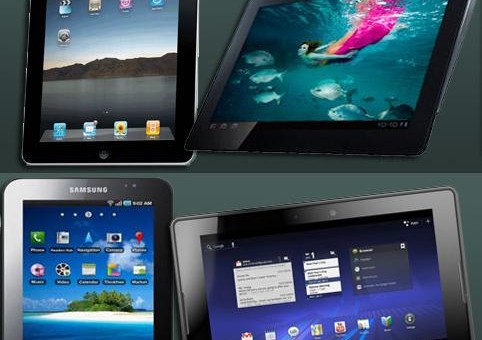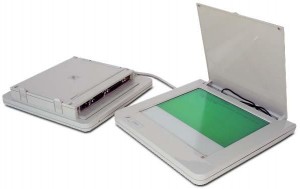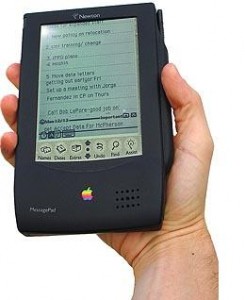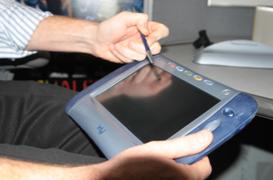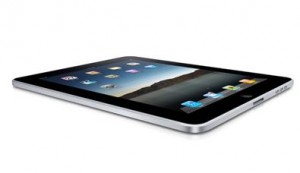If you thought tablets only began when Steve Jobs had a brainwave in the 2000’s, you are wrong: tablets were theorised for decades before they became a reality. The current tablets we enjoy today are sleek and shiny, but what about those early models half-forgotten in the sands of time?
Let’s dig some of them up and take a look!
Linus Write-Top (1987)
The Write-Top is the grandaddy of all tablets, and it sure looks like it. In its hey-day it retailed at close to $3000 (remember, this was in 1987), and was the first to contain handwriting recognition software (but without a touch-screen). Users also had to ‘train’ the software to recognise and convert their handwriting into text. The Write-Top stored 512K of data and used the old operating system MS-DOS 3.30. It also came with standard serial, printer, and external 5 1/4-inch floppy drive.
Apple Newton MessagePad (1993)
Predating the iPad by over a decade, Apple’s Newton MessagePad was their first foray into the tablet world. Today we look upon its clunky size with horror, and to our 2010- sensibilitities it’s about as aesthetically pleasing as a malformed potato . However it was the height of technology for the time, and a pretty impressive innovation. It had a touch-screen and stylus, and included applications like Notes, Names, Dates, Calculator, Currency Converter, Time-Zones Maps, and more. It could even translate your personal handwriting into computer text., with built-in handwriting recognition software. Measuring 4x7x1 inches, the MessagePad was too bulky to be pocket-sized, but could certainly be considered a handbag-special. It was terminated in 1998.
Intel WebPad (1999)
The WebPad was a leap forward in the tablet world. It debuted in 1999 but never made it to market. It featured an ARM Processor, MP3 Player, and let you surf the internet through your PC connection, anywhere in the house. Fun fact: the WebPad is known to many as the original iPad, because internally it’s name was shortened from Intel WebPad to simply IPAD.
Microsoft Tablet PC (2001)
Quietly shuffling onto the scene, the Microsoft Tablet PC caused little to no fuss, and as a result never really got off the ground. Introduced by Bill Gates at the beginning of what he termed the “digital decade”, the Tablet PC was expected to fuel the hunger of the growing market for portable technology. It served as a fully-functioning PC in tablet-form, running off Windows XP, with a detachable keyboard. It also had both handwriting and voice-recognition software. The reasons for its sheepish retreat from the market are attributed to its size, weight , and lack of applications.
Apple iPad- 2010
Is there any need to explain the iPad? It’s so famous practically everyone can recite its specs. Regardless, the iPad was one of Apple’s brainchilds that returned enormous dividends and truly kickstarted competition amongst tablet-providers. Its lightweight and sleek design appealed to those seeking something above par than the regular humdrum traditional pieces of technology, and its built-in touchscreen keyboard made portability and versitility 10x better. The restrictions on software installation, as well as Apple’s spats with companies like Adobe did detract from its usefulness, however that didn’t slow down the millions of fangirls and boys. By March 2011 Apple announced it had sold over 15 million iPads since its debut.
Whether you’ve got a dinosaur like the Write-Top, or a sleek iPad 3, Advanced Computers is your one-stop shop for all tablet servicing and repairs. Check us out here!



